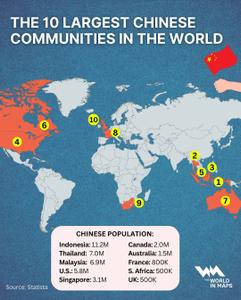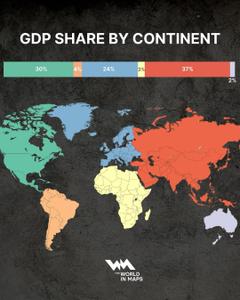asia
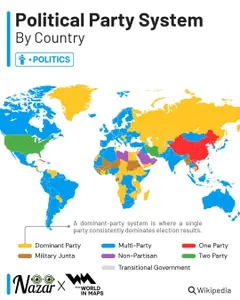
Politics / 6 hours ago
Global party systems and what they mean for today’s politics
While many countries embrace multiparty competition, others remain under dominant or single-party systems that shape governance and democracy in distinct ways. While many countries embrace multiparty competition, others remain under dominant or single-party systems that shape governance and democracy in distinct ways. According to Britannica, party systems are broadly categorised as two-party, multiparty, or single-party, depending not only on the number of parties but also on how effectively they compete for control and share power.
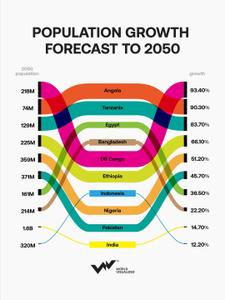
World / 9 weeks ago
Africa set to power global population growth as world nears 10 billion
The world’s demographic map is changing rapidly, and the shift is most visible in Africa. Several African countries are set to experience extraordinary population growth by 2050, while other regions of the world will expand more slowly or even begin to decline. The United Nations’ World Population Prospects 2024 projects that the global population will climb from around 8.16 billion in 2024 to 9.66 billion by 2050.
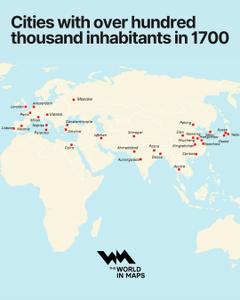
Maps / 11 weeks ago
The world’s biggest cities in 1700: Where people lived before the industrial revolution
A fascinating historical map by The World in Maps reveals the global distribution of cities with more than 100,000 inhabitants in the year 1700. Long before skyscrapers, subways, and megacities, these urban centres were the beating hearts of empires, trade networks, and cultural exchange. In Europe, cities like London, Paris, and Amsterdam were rapidly rising as hubs of trade and colonial expansion. London had around 575,000 people, while Paris was close behind with roughly 500,000.
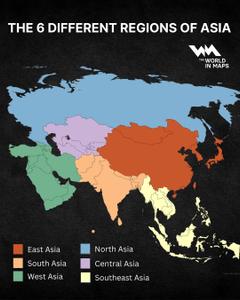
Maps / 12 weeks ago
Mapping Asia: The six regions that shape the world’s biggest continent
Asia, the world’s largest continent, is often divided into six distinct regions to better understand its vast geography, cultures, and economies. A new visualisation highlights these divisions: East Asia, South Asia, Southeast Asia, Central Asia, West Asia, and North Asia. The United Nations describes Asia as the most populous continent, home to 4.7 billion people (nearly 60% of the world’s population). It stretches from the deserts of the Middle East to the high peaks of the Himalayas and the dense cities of East Asia.

Politics / 14 weeks ago
Russia and China lead Asia’s military might: Top 10 powers vs. Europe
As geopolitical tensions simmer across multiple continents, a new ranking from Global Firepower reveals how conventional military power is concentrated in Asia and Europe in 2025. The Power Index (PwrIndx) uses more than 60 factors ranging from manpower and equipment inventories to financial resources and logistics to gauge each nation’s theoretical war‑fighting capability. The lower the score, the stronger the military.
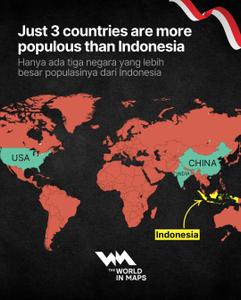
World / 17 weeks ago
Indonesia ranks as the world’s fourth most populous country
With over 277 million people, Indonesia is now confirmed as the fourth most populous country in the world, trailing only India, China, and the United States, according to the latest global demographic data compiled by The World in Maps and supported by the World Bank and World Population Review. While global attention often focuses on the population giants of India and China, Indonesia’s demographic footprint remains one of the world’s most significant yet underrecognised stories.

Culture / 17 weeks ago
Singapore tops global IQ rankings
A newly released report from the Advanced Variable Standardised Educational Observatory (AVSEO) has revealed the 2025 global rankings of countries by average IQ, placing Singapore at the top of the list. With an average IQ score of 106.61, the city-state leads a competitive field that includes major performers across Asia, Europe, and North America. The findings shed new light on global trends in cognitive performance and educational achievement.
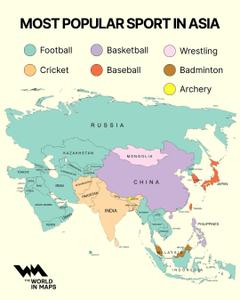
Culture / 18 weeks ago
